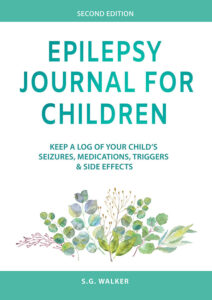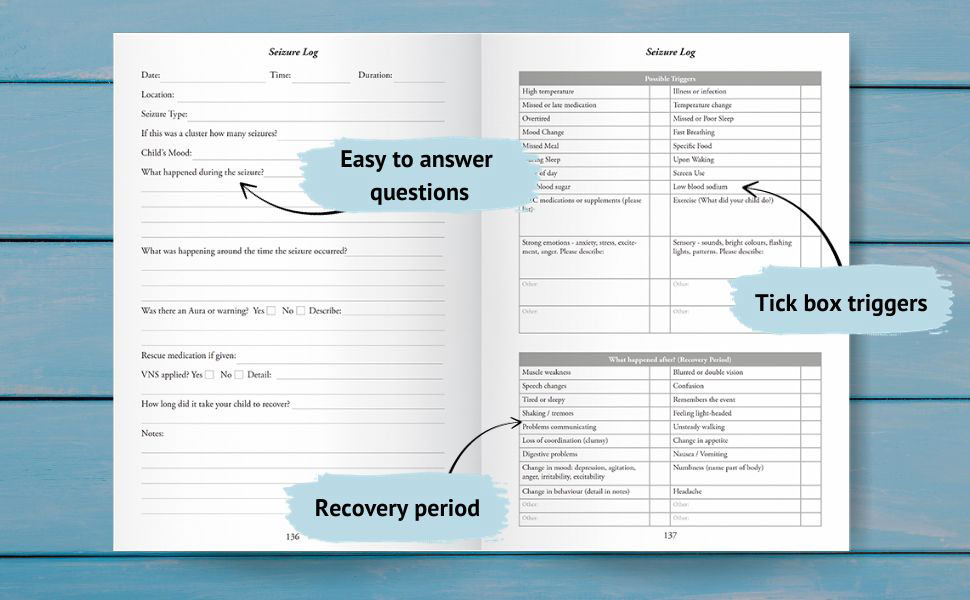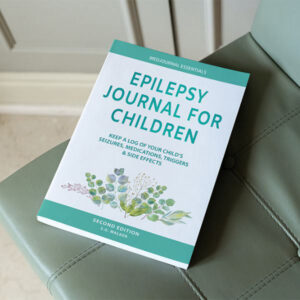Epilepsy Journal for Children
Track Your Child's Seizures, Medications, Triggers & Side Effects
It's easy for family members, caregivers or schools to update this children's seizure diary if needed, and it can be brought along to consultations with your child’s doctor.


Why Is It Important to Keep a Seizure Log?
There are several important reasons for keeping a seizure diary – to aid in diagnosis, to help you and your doctor to make decisions about treatment, and to help you to spot patterns and triggers.
Diagnosis & Treatment Decisions
Writing down what happens before, during and after a seizure can help your doctor identify the type of seizures that your child is experiencing. This is important because some medications are more effective for certain types of seizures. Keeping a record also helps you and your doctor decide whether medications are effective or need changing. If seizures get better, stay the same, or get worse after a medication change everyone needs to know. A log will also help you track side effects from medications that your child takes. All this information helps you and your healthcare provider make informed decisions about treatment. This journal allows you to keep all your notes and questions together and to share them when you take your child to appointments.
Patterns & Triggers
Writing down the time, where your child was and what your child was doing prior to a seizure may help you spot patterns and identify potential triggers. This children's seizure diary helps you to do this. Some common triggers are listed on the seizure record pages as tick box options, and there are spaces to record your own. There is also a notes section for your own observations and thoughts. Identifying triggers could help you find lifestyle changes that may help your child. Keeping records will also help you see if any changes you introduce are making a difference.
Make record keeping one less thing to worry about by keeping all your child’s information together in a journal specifically designed for epilepsy management.
What's Inside
As the parent of a child with epilepsy you face many challenges, one of which is keeping track of seizures, medications and side effects. This journal will walk you through recording all the information your child's doctor will need to know, and makes it easy to share that information with doctors and specialists.
Year to View Calendar - Makes it easy to see frequency and note changes over time.
Medication History - Track your child’s medications, dose changes and side effects.
Seizure Log – Record what happens before, during and after a seizure.
- Easy for family members or caregivers to update.
- Track patterns and frequency on the calendar pages.
- Keep a detailed history of medications, dose changes and side effects.
- Look for triggers and warning signs.
- Track how medication and lifestyle changes impact your child’s condition.
- Tick box format makes it quick and easy to record triggers.
- Written in plain English – easy for anyone to update and understand including those who may not be familiar with medical terminology.
- Undated so you can start any time.
- Calendar covers four years allowing plenty of space to add historical data if you choose.
- Section for questions to ask your doctor.
- Space for your notes and observations on the seizure log pages.
